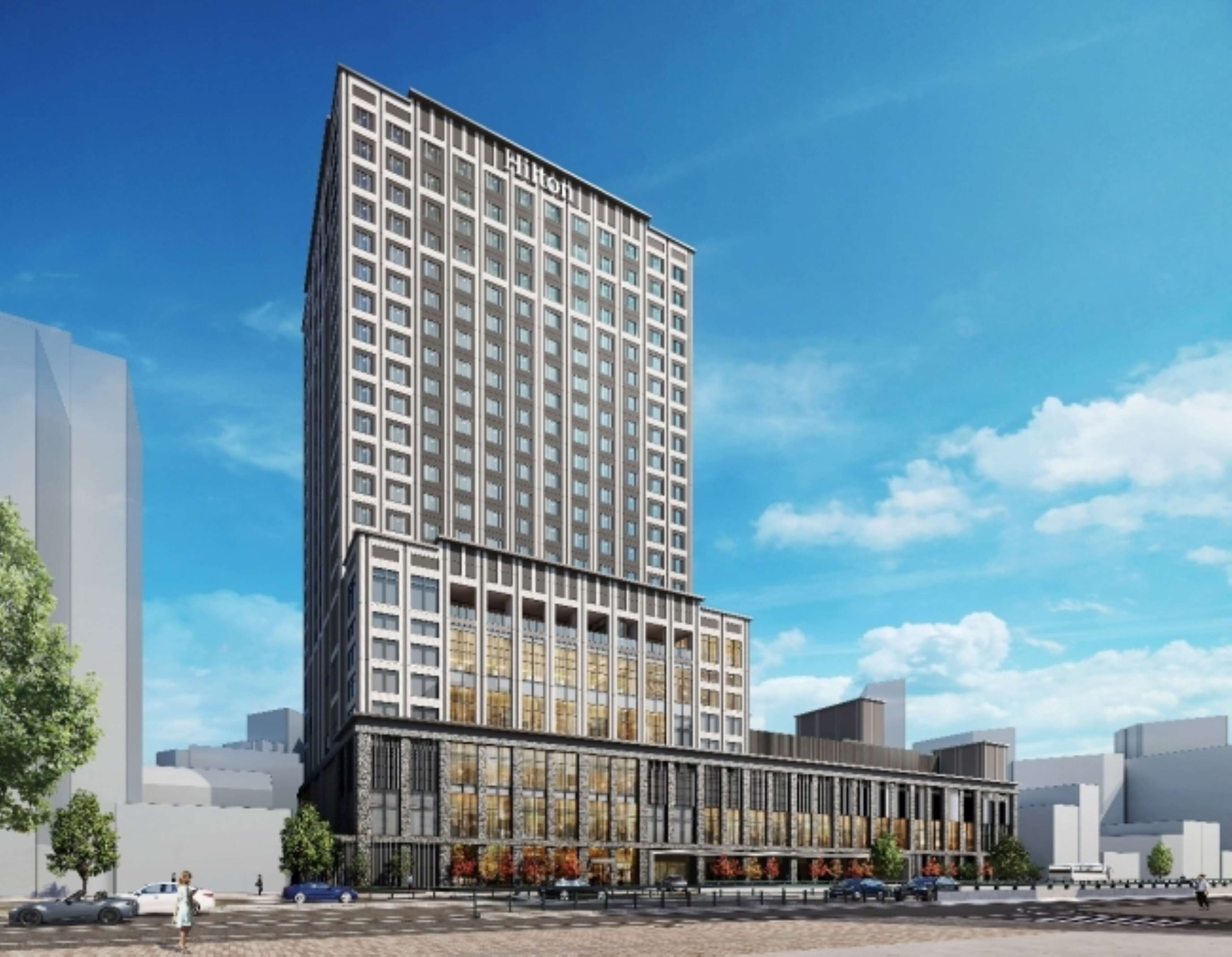Hiroshima
Hiroshima is a city that witnessed one of the most tragic events in human history, when the first atomic bomb was dropped on August 6, 1945. But Hiroshima is also a city that rose from the ashes and became a symbol of peace and resilience. Today, Hiroshima is a modern and vibrant city, with many attractions and experiences for visitors. You can visit the Peace Memorial Park, where you can see the iconic Atomic Bomb Dome, the Peace Memorial Museum, and the Children's Peace Monument. You can also pay your respects at the Memorial Hall, the Cenotaph, and the Peace Bell. Hiroshima is also a gateway to the nearby Miyajima Island, a UNESCO World Heritage Site that is famous for its floating torii gate and the Itsukushima Shrine. You can take a ferry from Hiroshima to Miyajima and enjoy the scenic views of the island, the shrine, and the wildlife. Hiroshima is a city that will touch your heart and inspire you with its spirit. Whether you are looking for a historical, cultural, or natural adventure, you will find something to suit your taste and budget in Hiroshima.




